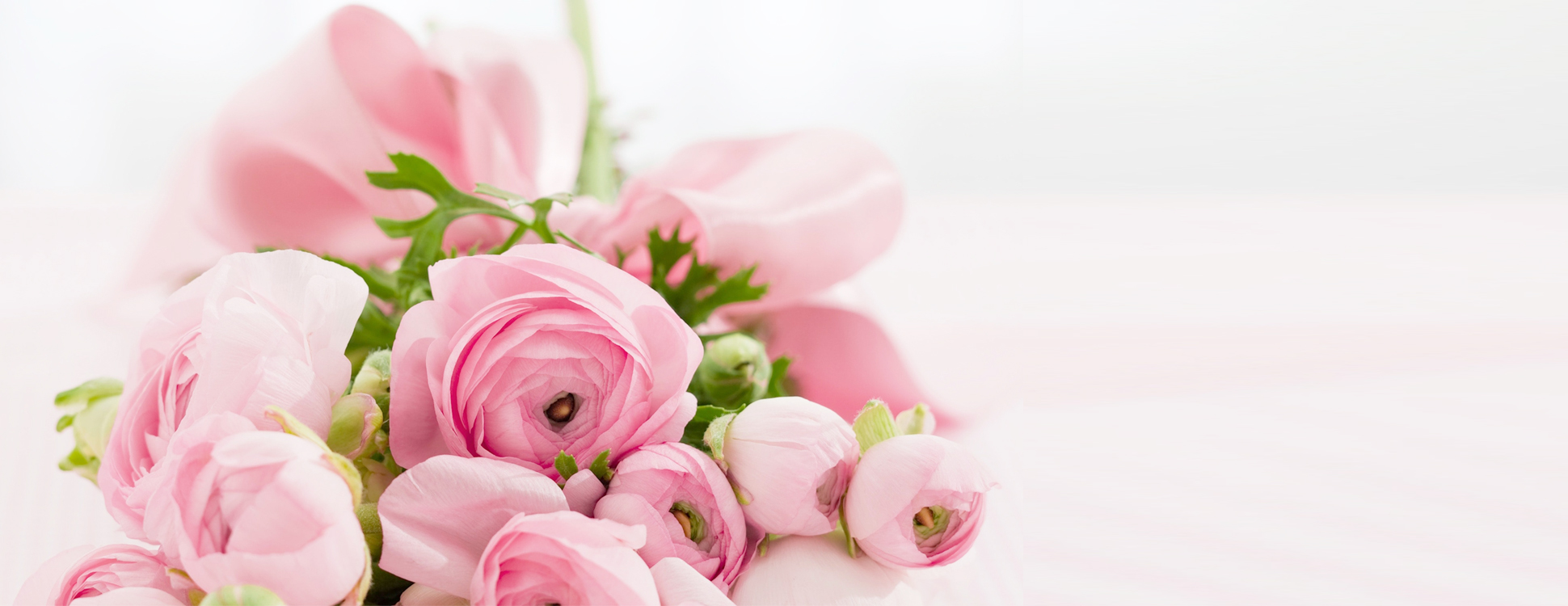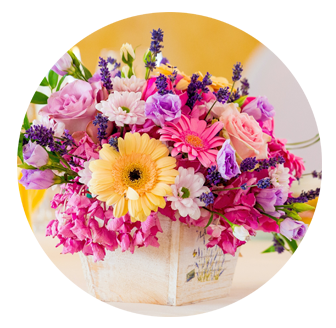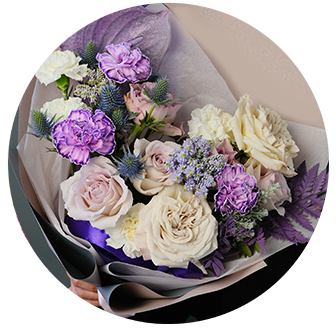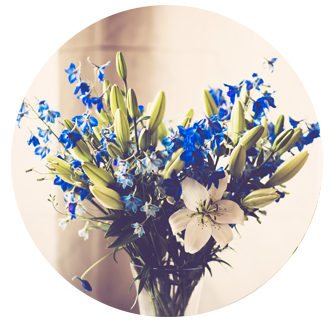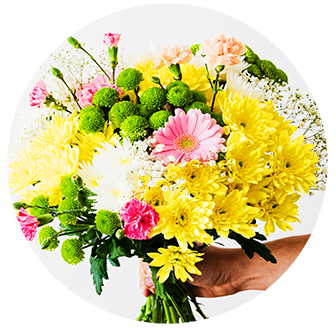Unlocking the Wisdom of Your Birth Flower and What It Communicates About You
Posted on 21/05/2025
Unlocking the Wisdom of Your Birth Flower and What It Communicates About You
Have you ever wondered what your birth flower says about your personality, destiny, or innermost desires? While many people are familiar with birthstones, the symbolic world of birth flowers is often overlooked. Yet, every month is assigned a unique blossom, each steeped in rich history, cultural significance, and spiritual meaning. In this comprehensive guide, we're diving deep into the powerful language of flowers--unearthing what your birth flower reveals about you, and how you can harness its wisdom in your daily life.
What is a Birth Flower?
A birth flower is a bloom traditionally associated with the month of your birth, much like a birthstone. Each flower carries specific virtues, historical tales, and cultural messages. The ancient practice of floriography--the language of flowers--suggests that plants and blooms can communicate feelings and personality traits that words cannot express. Unlocking the symbolic meaning of your birth flower can offer valuable insights into your personality and your life's journey.
The Language of Flowers: Historical Roots
The concept of flower symbolism isn't new. Across ancient Rome, China, and the Victorian era, flowers conveyed heartfelt messages when words were not allowed. The Victorians, in particular, codified the "language of flowers," or floriography, using floral arrangements to communicate secret sentiments. Since then, the tradition has evolved, with each month now having a unique birth flower rich in meaning and personality traits.

The Meanings and Wisdom of Each Birth Flower by Month
Each month brings its special bloom. Let's unlock the hidden wisdom of these flowers and discover what your birth flower says about you!
January: Carnation & Snowdrop
- Carnation: The carnation, known for its ruffled beauty, symbolizes devotion, love, and fascination. If you were born in January, you may be deeply loyal, passionate, and resilient, thriving even in the coldest times--just like your sturdy bloom.
- Snowdrop: The delicate snowdrop signifies hope and rebirth. You radiate optimism and an ability to inspire others, rising gracefully from difficulties.
February: Violet & Primrose
- Violet: Violets represent modesty, faithfulness, and quiet strength. If this is your birth flower, you are likely humble yet powerful and steadfast in your relationships.
- Primrose: Signifying young love and new beginnings, individuals connected to the primrose are often romantic at heart and open to fresh starts.
March: Daffodil & Jonquil
- Daffodil: The daffodil is the harbinger of spring, symbolizing renewal, new beginnings, and prosperity. March-born souls are optimistic, energetic, and innovative.
- Jonquil: This flower stands for affection and desire, hinting at a warm and nurturing personality.
April: Daisy & Sweet Pea
- Daisy: Daisies embody innocence, purity, and loyal love. If you have a daisy birth flower, you're likely sincere, cheerful, and youthful in spirit.
- Sweet Pea: Associated with blissful pleasure and gratitude, individuals with this flower are often appreciative and enjoy bringing joy to others.
May: Lily of the Valley & Hawthorn
- Lily of the Valley: Symbolizing sweetness and humility, this bloom indicates a pure-hearted, gentle, and kind nature.
- Hawthorn: The hawthorn flower stands for hope and happiness, often seen in promising, joyful personalities.
June: Rose & Honeysuckle
- Rose: The timeless rose stands for love, honor, and passion. June-born people are reputed to be loving, ambitious, and emotionally deep.
- Honeysuckle: Representing devotion, those with this flower as a birth symbol tend to be steadfast and true friends.
July: Larkspur & Water Lily
- Larkspur: Associated with positivity, dignity, and lightness of spirit. July-born are said to bring warmth and encouragement wherever they go.
- Water Lily: This flower is a symbol of purity and enlightenment, reflecting a calm and peaceful persona.
August: Gladiolus & Poppy
- Gladiolus: Represents strength of character, integrity, and sincerity. August-born individuals typically stand tall in their values.
- Poppy: Linked with imagination and remembrance, poppy people are creative and often reflective.
September: Aster & Morning Glory
- Aster: The aster signifies wisdom, faith, and valor. If September is your month, you're likely seen as wise, trustworthy, and brave.
- Morning Glory: Symbolizing affection and the renewal of love, you're quick to forgive and start anew.
October: Marigold & Cosmos
- Marigold: Radiates creativity, warmth, and determination. October individuals are passionate and always bring color to others' lives.
- Cosmos: This flower stands for peace and order, suggesting calmness and balance.
November: Chrysanthemum
- Chrysanthemum: A symbol of friendship, joy, and abundance. If you were born in this month, you are vibrant, supportive, and nurturing.
December: Narcissus & Holly
- Narcissus: Represents rebirth and good wishes. December-born individuals are hopeful and bring cheer to those around them.
- Holly: Symbolizes protection and domestic happiness, highlighting a fiercely loyal spirit.
Birth Flower Symbolism: What Does Yours Reveal?
The hidden wisdom of your birth flower offers rich clues about your personal strengths, character, and even your destiny. Here's how to interpret what your flower might communicate about you:
- Personality traits: Is your flower known for resilience (carnation), sweetness (lily of the valley), or boldness (gladiolus)? These qualities often mirror your own character.
- Inner wisdom: Each birth flower carries spiritual lessons. Roses remind us to love deeply; asters encourage wisdom.
- Relationships and Communication: Flowers such as violets (faithfulness) and honeysuckle (devotion) reflect the importance you place on loyalty and close bonds.
Different Cultures, Different Interpretations
While Western traditions assign certain blooms to each month, it's fascinating to note that cultural interpretations of flower meaning vary worldwide. For instance, in Japan, chrysanthemums are associated with longevity and the imperial family, while in the UK, "forget-me-nots" are linked to enduring love.
How to Harness the Power of Your Birth Flower
- Wear or Display It: Incorporate your birth flower in jewelry, clothing, art, or home decor to invite its positive energy and symbolic meaning into your daily life.
- Gardening: If possible, plant your birth flower in your garden or keep a bloom on your workspace for inspiration.
- Mindfulness and Meditation: Reflect on the lessons your flower imparts. For example, meditate with a rose nearby to open yourself to love, or focus on daisies to invite more innocence and optimism.
- Gift Giving: Personalized flower gifts on birthdays convey a thoughtful recognition of someone's innate qualities.
Modern Uses of Birth Flower Meanings
Today's florists and designers have embraced the symbolism of birth flowers for everything from custom bouquets and wedding themes to tattoos and branding. Wearing or gifting your birth flower is a creative way to display your identity and share heartfelt messages with loved ones.
Unlocking Deeper Insights with Birth Flower Astrology
The art of birth flower astrology is gaining popularity, as people seek holistic ways to understand themselves and their destinies. Did you know that pairing the symbolism of your birth flower with your astrological sign can lead to even more personalized insights? For example:
- Aries + Daisy: A double dose of youthful energy, cheer, and new beginnings.
- Virgo + Aster: Heightened wisdom, love of learning, and trustworthiness.
- Leo + Gladiolus: Fiercely loyal, steadfast, and always making a bold statement.
By understanding these layered meanings, you can better appreciate your own strengths, set intentions for the year, or give gifts that resonate on a deeper soul level.

Frequently Asked Questions (FAQ) About Birth Flower Meanings
Q: Can my birth flower change if I was born in a different hemisphere?
A: While traditional birth flower lists are based on the northern hemisphere's seasons, some prefer to select a flower that naturally blooms in their region during their birth month. Trust your intuition and cultural context.
Q: Can I use my birth flower to manifest change?
A: Absolutely! Meditate, visualize, or keep your blossom close as a reminder of the personal qualities you wish to strengthen.
Q: Are there multiple flowers for each birth month?
A: Many months are associated with two flowers, offering unique qualities and symbolism. Choose the blossom that resonates most with you.
Conclusion: Embrace the Wisdom Within Your Birth Flower
Your birth flower is far more than a pretty blossom--it's a key to self-awareness and spiritual growth. By unlocking the wisdom of your birth flower, you discover new dimensions of your personality and a source of inspiration for living authentically. Whether you display it in your home, meditate with its image, or give it as a meaningful gift, your birth flower's message can guide you with strength, beauty, and purpose all your life.
So, dig a little deeper, uncover what your birth flower communicates about you, and let its natural wisdom bloom in every area of your life.
```Latest Posts
Hidden Wonders: 8 Facts About Sunflowers
Uncovering the Mysteries: 7 Facts About Tulips You Didn't Know
How to Preserve the Freshness of Your Cut Flowers
